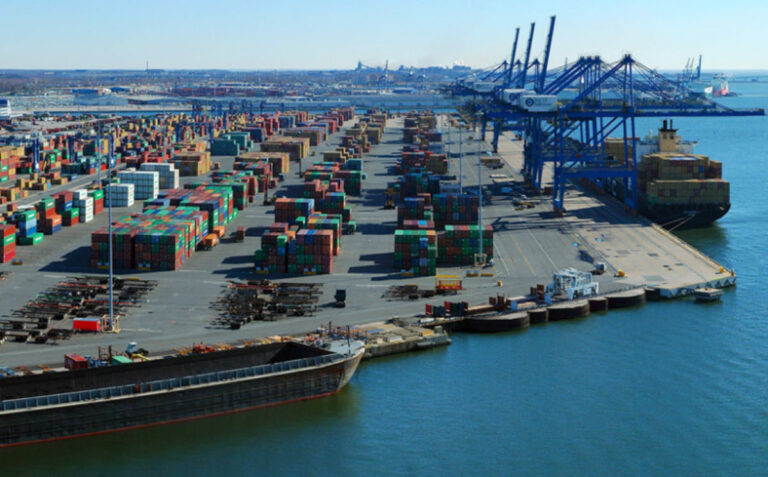President Donald Trump’s administration is considering softening its proposed fee on China-linked ships visiting U.S. ports after a flood of negative feedback from industries that said the idea could be economically devastating, according to six sources.
Delayed implementation
Among the changes under consideration are delayed implementation and new fee structures designed to reduce the overall cost to visiting Chinese vessels, according to the six sources with knowledge of the matter.
Trump’s directive calls
Trump’s directive calls for greater enforcement of the collection of the Harbor Maintenance Tax, including on imports entering the U.S. by land after unloading from ships at ports in Mexico and Canada.
Top $3 million per U.S. port call
The USTR has proposed that fees that could top $3 million per U.S. port call for China-built or linked vessels. Its proposal came after it completed an investigation, opens new tab into China’s maritime sector and development plans that began in April 2024.
The fees — which could have cost Chinese-built ships up to $3.5 million per port call, according to the original plan — have prompted protests from major U.S. industries.
The tariffs
The tariffs would have increased shipping costs for exporting oil, grain, machinery and other goods, making them less competitive or excluding them from the global market, with broader effects on the U.S. economy.

Related : Magdy Sadek :American Gorilla Wrestling the Chinese Dragon’
Smaller U.S. shipping lines
Some smaller U.S. shipping lines, such as Atlantic Container Line, have warned they would have to close American operations, and at least one major U.S. shipowner, Genco, has said it might stop calling at U.S. ports. Energy Products Partners, a major U.S. midstream company, has warned that the tariffs would also have a devastating impact on oil and gas exports. With the tariffs, “there would be no drill baby drill and the liquid gold under our feet would stay in the ground,” Epp told Lloyd’s List.
Related :Trump tariffs : Chinese freight market crashes -CNBC
Fixed-fee structure
Reuters sources said the USTR had not considered all ship types and sizes when it formulated the port charges. The multimillion-dollar fixed-fee structure was designed with only the largest container ships in mind; the impact on tankers, bulk carriers, Ro-Ro and smaller container ships had not been considered before the proposed legislation was published.
Now that the USTR is assessing the broader effects on shipping, the fee structure will likely be recalibrated based on ship size, making it proportional to the amount of cargo carried.
Revive the U.S. shipping industry
The administration’s new executive order to revive the U.S. shipping industry — a policy directive— could be used as an alternative way to pursue the USTR’s domestic goals, rather than penalizing foreign-flagged shipowners with taxes on Chinese ships, according to Joe Kramek, president and CEO of the World Shipping Council, which in recent weeks has floated a legal challenge to the USTR’s move.
Related : ICS’s comment post USTR Section 301 Investigation public hearing
China’s foreign ministry reiterated its stance on the issue, saying measures such as levying port fees would not revitalise America’s shipbuilding industry but only “harm others and itself”.
Unloaded vessels
The administration was also mulling a charge based on the tonnage of unloaded vessels rather than a flat fee, two of the sources said. This would mean lower fees for smaller ships, rather than flat fees for all vessels. That might ease the burden on ship owners with smaller vessels involved in niche trades such as transporting grains or other commodities.




